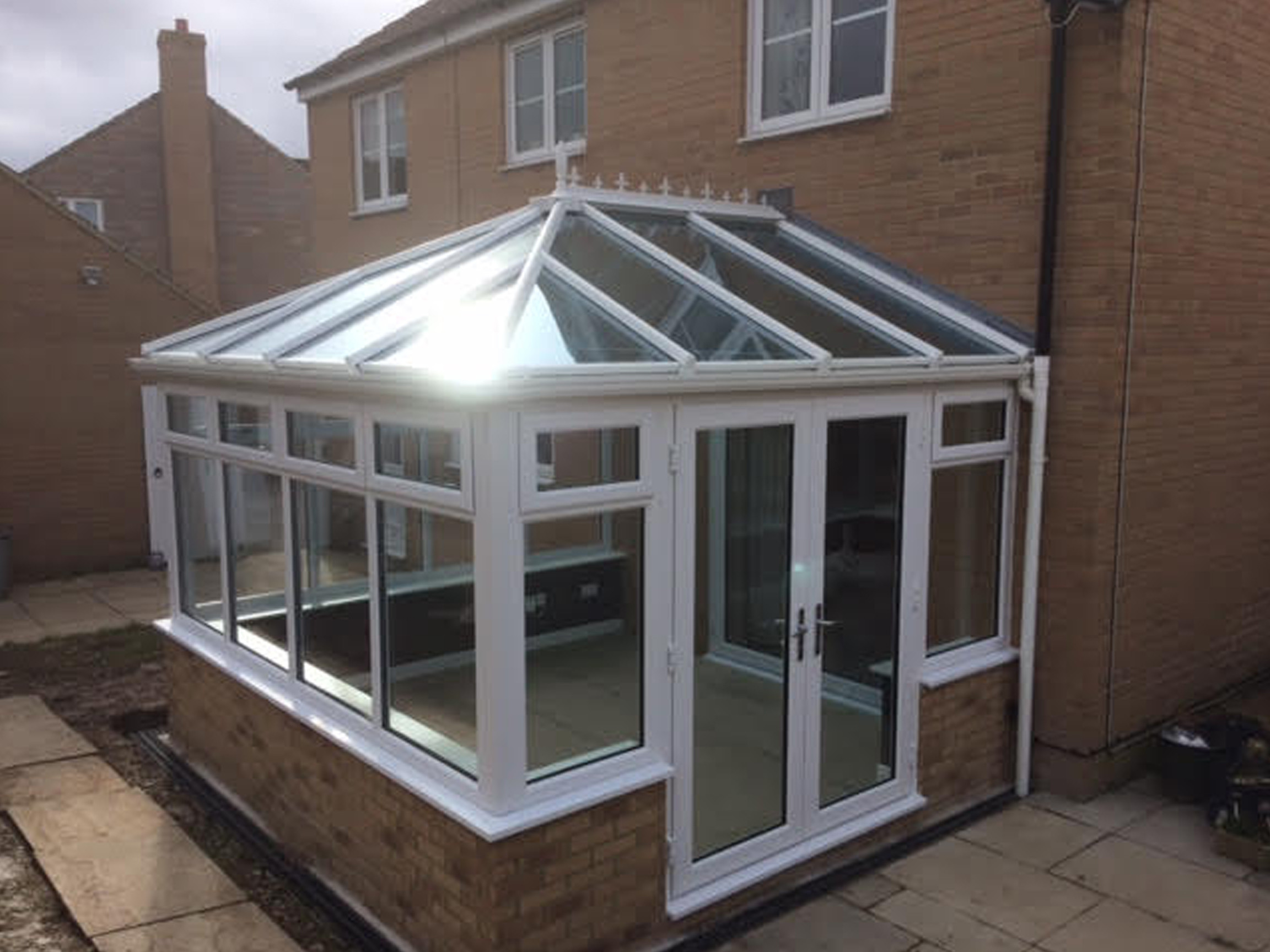
In addition to its appearance on road signage, a customized version of the ClearviewText typeface was adopted by AT&T for corporate use, including advertising, used from 2006 to 2016. Since 2016, Ontario's Ministry of Transportation has started using Clearview on some signs on the Queen Elizabeth Way. Clearview has been adopted as the standard typeface for road signs in Indonesia since 2014. Outside the US, Clearview has been adopted in Canada where it has been the standard typeface for signs in British Columbia since 2006 and used for street signs in Toronto. Congress ordered the FHWA to reinstate the interim approval on March 28, 2018. In April 2014, FHWA indicated it expected to rescind Interim Approval to use Clearview in the future, eventually doing so in January 2016. The FHWA also refused to add Clearview to the 2009 MUTCD, citing lack of testing on Clearview's numerals, symbols, and narrower typefaces. Highway signs in Danville, Virginia using both Highway Gothic and Clearview fonts (2007)Ĭlearview was granted interim approval by the FHWA for use on positive-contrast road signs (light legend on dark background, such as white on black, green, blue, brown, purple or red) on September 2, 2004, though not on negative-contrast road signs (dark legend on light background, such as black on white, yellow or orange), given its inferior legibility to the existing FHWA typefaces in these applications. Smaller counter spaces in the FHWA fonts reduced legibility, particularly when the letters glowed from headlight illumination at night. Two key differences are much larger counter spaces, the enclosed spaces in letters like the lower case "e" or "a", and a higher x-height, the relative height of the lower case "x" to the upper case "X". Instead, using a similar weight to the FHWA fonts, a new font was created from scratch.

The designers of Clearview sought to create a typeface adapted for mixed-case signage, initially expecting it would be based on an existing European sans-serif typeface. The standard FHWA typefaces, developed in the 1940s, were designed to work with a system of highway signs in which almost all words are capitalized its standard mixed-case form (Series E Modified) was designed to be most visible under the now-obsolete reflector system of button copy, which has since been superseded by retroreflective sheeting. History Ī highway sign using Clearview in Farmington Hills, Michigan near the terminus of westbound I-696 (2005) The new font's apparent legibility "was more due to the fact that older, worn signs were being replaced with nice, fresh, clean signs which were, naturally, more legible." Better testing also revealed that legibility was worse for negative contrast signs (dark lettering on light backgrounds) such as on speed limit and yellow warning signs. However, these tests also compared new signs in Clearview to existing, weathered signs in the existing Highway Gothic font. Reduced nighttime overglow or haloing was expected also to improve recognition rates for computer road sign detection. A design goal of Clearview was the reduction of irradiation effects of retroreflective sign materials.
Clearview windows toronto series#
Initial testing indicated that Clearview was 2 to 8 percent more legible in both day- and night-time viewing than the then-dominant Series E (Modified) on overhead signs, particularly benefiting older drivers, with a 6 percent increase in legibility distance. It was once expected to replace the FHWA typefaces in many applications, although newer studies of its effectiveness have called its benefits into question.


It was developed by independent researchers with the help of the Texas Transportation Institute and the Pennsylvania Transportation Institute, under the supervision of the Federal Highway Administration (FHWA).

Clearview, also known as Clearview Hwy, is the name of a humanist sans-serif typeface family for guide signs used on roads in the United States, Canada, Indonesia, the Philippines, Israel, Brazil and Sri Lanka.


 0 kommentar(er)
0 kommentar(er)
